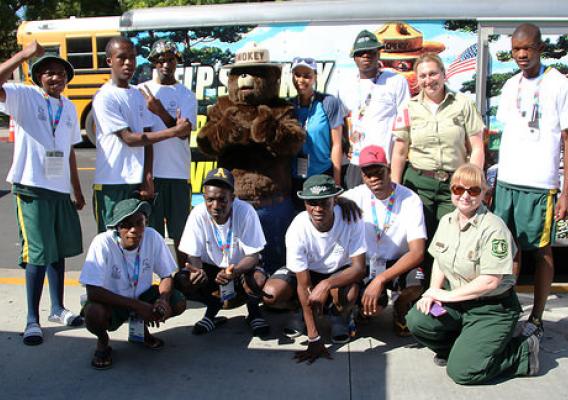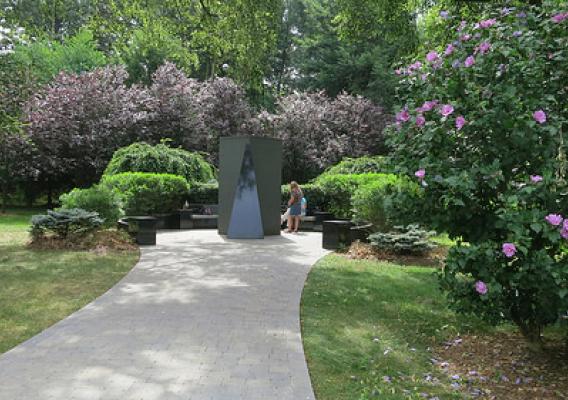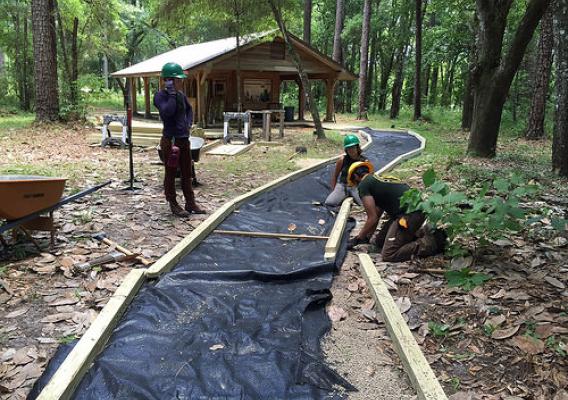Throughout his life, Chris Fields-Johnson has been keenly aware of the need to preserve the natural landscapes, which provide us with clean air to breathe, water to drink and food to eat. As a graduate student of soil science at Virginia State and Polytechnic University, a forestry undergraduate, a student of Tom Brown, Jr.’s Tracker School and a former employee of the Virginia Department of Forestry, he also knows much of the science behind soil restoration and forestry. These experiences have given him a strong desire to turn his knowledge into action by managing land in the most beneficial way possible.
To make this dream a reality, he began converting a 250-acre loblolly pine plantation in Scottsville, Virginia., into a goat and sheep silvopasture system that resembles a pine savanna landscape. Silvopasture combines trees with forage and livestock production. The trees are managed for high-value sawlogs and, at the same time, provide shade and shelter for livestock and forage, reducing livestock stress and sometimes improving forage quality. Fields-Johnson and friends have spent many weekends thinning and pruning trees by hand, conducting controlled burns, fighting invasive plants and experimenting with forage establishment while they also learn how to raise goats and sheep.









